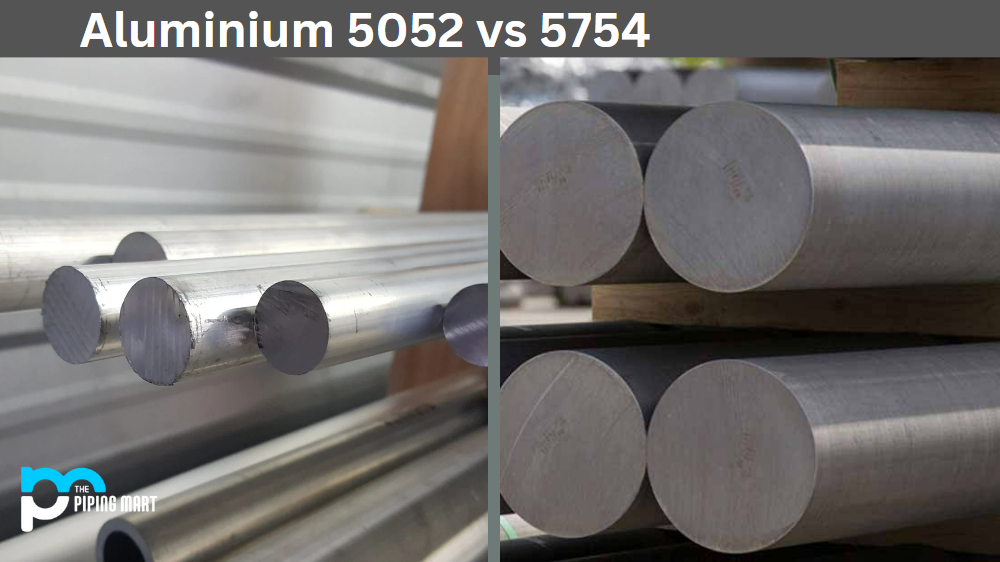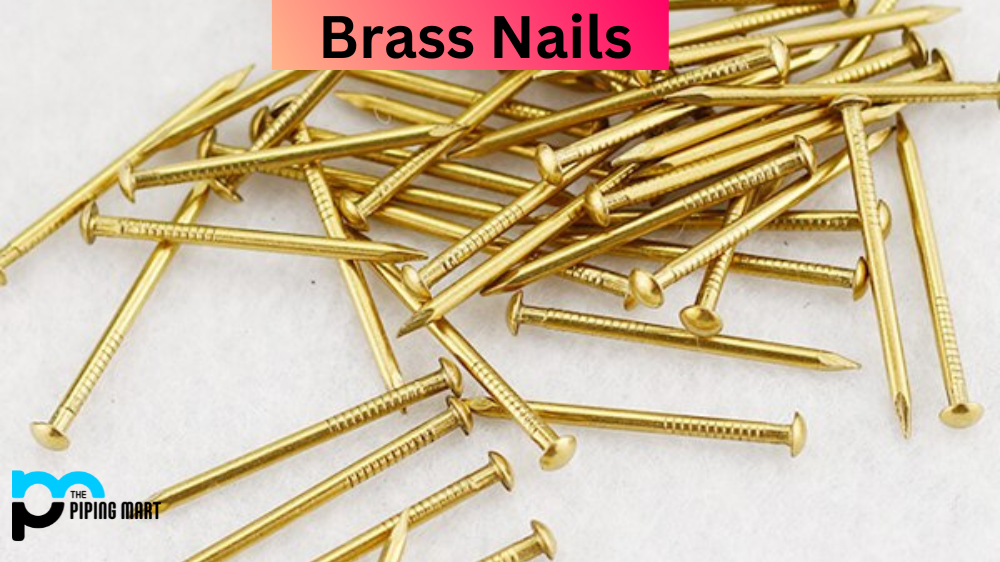Copper-Nickel alloys (CuNi), such as CuNi 90/10, are popular for applications ranging from boat building to nuclear power plants. Commonly referred to as C70600 or UNS C7060X, this alloy is known for its excellent corrosion resistance, strength, and ductility, making it an ideal choice for various industrial purposes. Let’s explore the properties of CuNi 90/10 and how it can benefit your project.
CuNi 90/10 Chemical Composition
The chemical composition of CuNi 90/10 consists of copper (90%), nickel (9%), iron (0.3%), and manganese (0.5%). This combination not only gives the alloy its excellent strength and ductility but also provides it with superb corrosion resistance in seawater. In addition, the alloy has good weldability and formability properties, which make it a great choice for fabrication projects in demanding environments.
CuNi 90/10 Properties
- CuNi 90/10 is an alloy made of 90% copper and 10% nickel.
- This alloy has good corrosion resistance and is often used in marine applications.
- CuNi 90/10 also has good electrical and thermal conductivity.
- This alloy is weldable, but care must be taken to avoid hot cracking.
- CuNi 90/10 can be heat treated to improve its mechanical properties.
- This alloy is typically used in the chemical industry, as well as for electrical and thermal applications.
Density of CuNi 90/10 Alloy
The density of a material is determined by its mass per unit volume. The density of CuNi 90/10 is 8.9 gms per cubic centimeter, which makes it slightly heavier than pure copper but lighter than steel or brass. This moderate weight, combined with the alloy’s low thermal conductivity, makes it an ideal material for heat exchangers operating in seawater environments where temperature control is critical.
Casting Properties
CuNi 90/10 has excellent casting characteristics due to its low melting point and good fluidity at elevated temperatures. This allows manufacturers to easily cast complex shapes, saving time and money during production while maintaining high-quality standards. Additionally, the alloy’s excellent corrosion resistance means that parts produced from this material will last longer in challenging marine environments than those made from other materials like aluminum or stainless steel alloys.
Conclusion:
CuNi 90/10 is an ideal material for marine applications requiring superior corrosion resistance and strength in a lightweight package. Its combination of chemical composition and physical properties make it an attractive option for many industries, including shipbuilding, offshore oil & gas production and nuclear power plants. With its excellent casting characteristics, weldability, formability and low thermal conductivity—it’s no wonder why so many manufacturers choose CuNi 90/10!

Pipingmart is B2B portal specializes in industrial, metal and piping products. Also, share latest information and news related to products, materials and different types grades to help business dealing in this industry.




